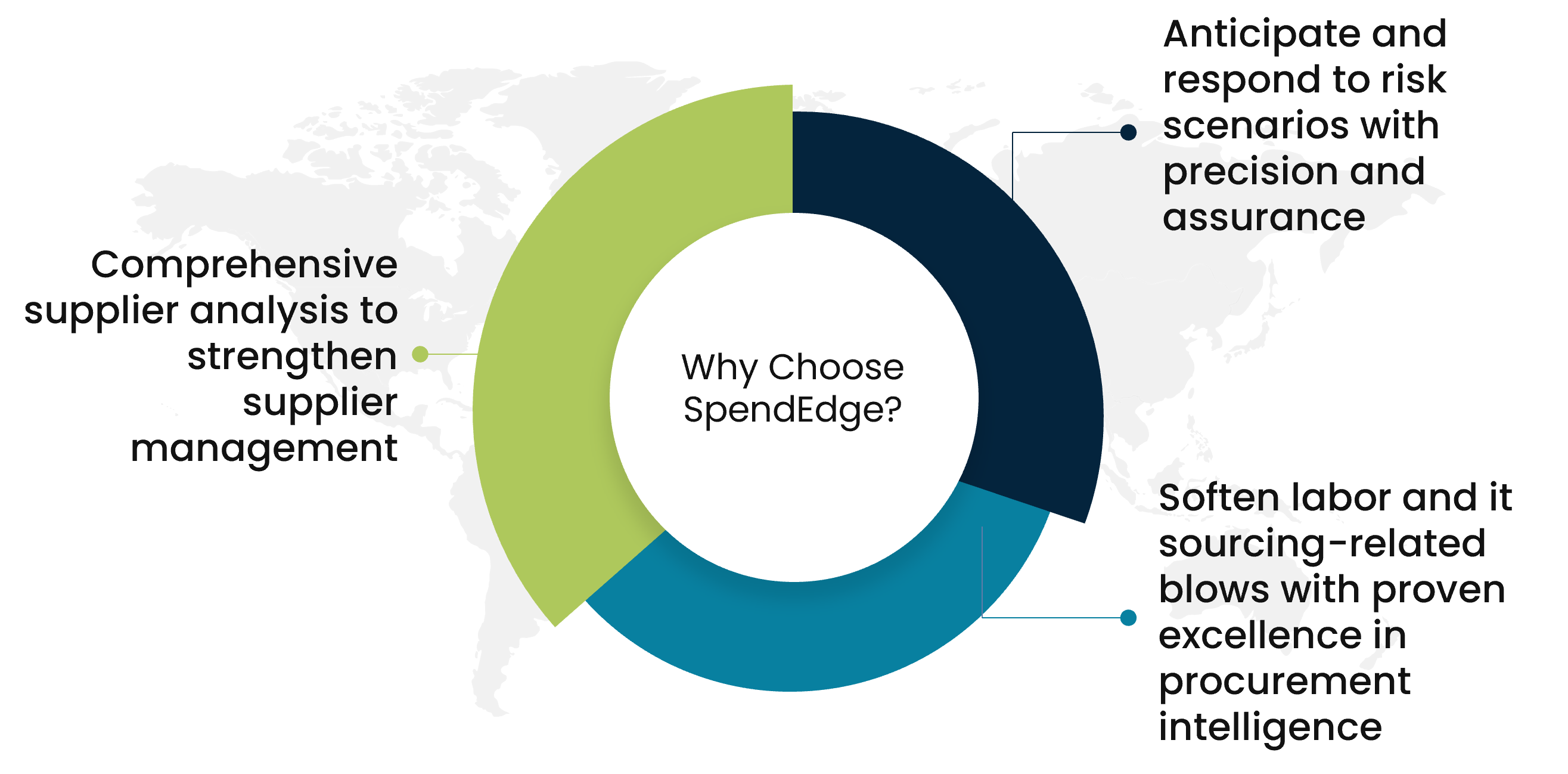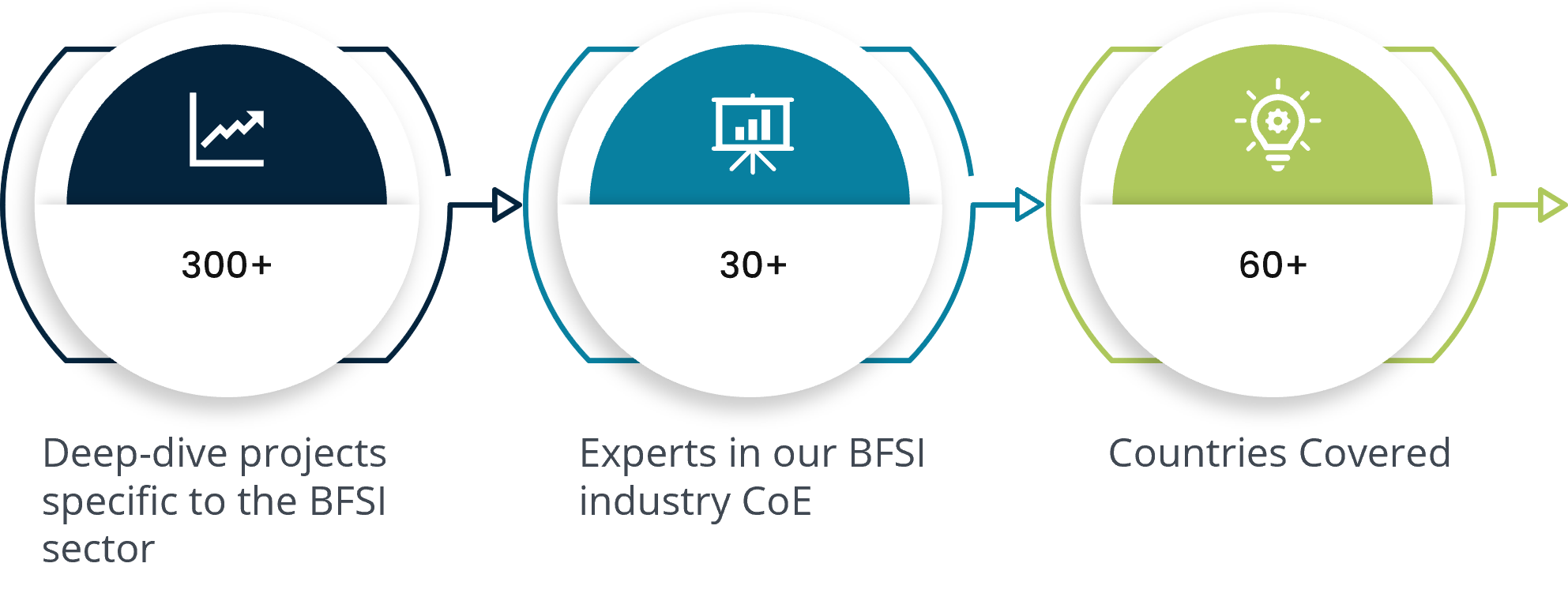By: Ankit Sood
A transformation of colossal proportions is afoot in risk management functions across the banking industry, thanks largely to the destruction the financial crisis of 2008 left in its wake in varying forms – wide-ranging regulatory changes and associated penalties and cost burden. In response, the industry has been forced to radically reshape the way it perceives banking risk management over the past decade and allocate greater time and resources to simply cope with the sheer magnitude of its scope and implications. Throw in the recent economic adversity caused by the COVID-19 pandemic into the mix, and banks are left playing ‘catch up’ to forge any reasonable or practical blueprint that will hold them steady in the midst of wildly unpredictable disruptions – technology advances, banking scandals, and macroeconomic blows, to name a few!
Type of risks in banking
Credit risk:
Undisputedly the biggest risk faced by banking institutions worldwide, this factor is simply a measure of the probability of credit customers failing to repay the bank in a timely manner. When banks provide loans to customers, despite binding agreements laid on the basis of strong background checks, they incur notable risks associated with customers’ inability to fulfill their obligations. As a result, banks are subject to threats such as cash flow interruptions, spike in collection costs, and debt. While this risk cannot be entirely eliminated, banks can effectively mitigate its severity by carefully evaluating the five Cs of Credit: Capital, Capacity, Character, Conditions, and Collateral.
Market risk:
Also referred to as systematic risk, this denotes the impact of adverse market developments on the value of banking investments and assets. Sources of market risks can vary significantly, from price movements resulting from changes in interest rates and equities to events such as pandemics, natural disasters, and political turmoil. Volatility in any of the four fundamental economic pillars – currencies, debt securities, equities, and commodities – leaves banks pregnable to the perils of fluctuations in the value of financial instruments. Diversification of investments can help stave off some market risks, but not all. Portfolio management, derivatives, and hedging are some of the key tool’s banks can adopt to bolster their defense.
What is operational risk in banking?
This risk factor refers to losses that arise from operational snags related to either processes, policies, systems, or people. Considered to be the most complex risk type with respect to identification, quantification, and mitigation, operational risk didn’t take center stage in the bigger scheme of risk management until 2001, when Basel II acknowledged it as a distinct risk class, in addition to credit and market risk. Complex internal processes, stringent regulatory requirements, and rapidly evolving customer preferences constantly drive the need to strengthen operational risk management banking.
Procurement services to mitigate risk in banking industry.

Evolution of the role of procurement from merely transactional to strategic:
Transportation procurement processes can be significantly improved by ensuring full visibility into vehicle management, as it will allow for seamless freight management and smooth supply and deliveries. Reinforcing this parameter will have a direct impact on the organization’s operational efficiency and result in substantial cost savings. Better planning of loading and unloading operations will also help reduce TAT and avoid ‘empty mile’ scenarios. Standardizing internal frameworks can help gain end-to-end visibility, better regulate dispatches, and reduce the number of unnecessary miles through route optimization.
Strong supplier management processes:
Considering sourcing accounts for nearly a third of an average financial institution’s cost base, the importance and criticality of the function have grown significantly over the past decade. Sudden, and sometimes, unchecked emergence of risks along the supply chain has put pressure on procurement functions to embrace category management-based models for risk mitigation. Today, banks have a compelling necessity to appoint category managers with exhaustive knowledge of external (market/category-specific aspects) and internal factors alike so that they can interpret business needs and make well-founded decisions. When it comes to procurement in banking, achieving cost efficiency while unequivocally meeting crucial customer needs is the singular path to ascendancy. Innovators in the industry are segmenting their procurement function into downstream (strategic sourcing/category management) and upstream (procurement) divisions and making use of pooled resources depending on project complexity to speed up delivery without compromising quality.
Effective vendor management emerging as a risk mitigation tool:
Leaders governing vendor management processes realize the importance of collaborating with suppliers to discuss tactical and strategic issues and imbibe a strong sense of responsibility among them to work toward organizational objectives like they were their own. Given the dire consequences of regulatory and punitive damage on consumer banking, it’s not hard to see why vendor management has become a risk mitigation exercise. Regulatory expectations too have played a major role in driving banks to gain better control over their supply chains.
Banks should focus on digitizing procurement to manage costs and reduce risk.
Recovering from the economic crisis brought on by the pandemic has had a two-pronged effect on the banking industry. On one hand, it’s driven home the point that “doing more with less” is the way forward; for instance, the massive reduction in the number of physical branches to accommodate the growth in the digital customer base. However, the very same corner the industry finds itself in currently also presents some staggering new avenues to cost optimization and risk reduction via digital transformation across the procurement function.
Banks traditionally had their procurement teams work in silos, with dedicated personnel, policies, and tools for each segment (retail, corporate, wealth management, risk management in investment banking, etc.). Recent surveys indicate that close to half the procurement processes are manual in several banks, as a result of which issues related to reconciliation, supplier performance, and duplicate payments are far more common than you’d think. The days of treating procurement strictly as a tactical function are nearing their end, as banks have begun viewing it from a strategic standpoint to fully realize the benefits of digital transformation. Digitalized procurement systems can put banks on the fast track to accomplishing cost-saving objectives using an approach that’s aligned with global and local policies. Banks can also develop enterprise-wide frameworks and governance structures that promote a culture of cost optimization.
Incorporating automation and AI into procurement processes will help banks in more ways than merely enhancing agility and efficiency; other perks include improved spend transparency, better supplier and risk management, and optimal utilization of procurement talent to ensure that they focus on high-value, strategic initiatives.
Why Choose SpendEdge?

Comprehensive supplier analysis to strengthen supplier management:
SpendEdge analysts possess the research acumen and domain expertise required by banking industry clients to design customized methodologies and solutions. Our studies have helped leading financial institutions accurately evaluate supplier stability and supply chain transparency to optimize business operations and derive maximum value from their spending.
Anticipate and respond to risk scenarios with precision and assurance:
Banking supply chains are highly prone to shortcomings stemming from non-compliance, operational disruptions, as well as macroeconomic disturbances. But our research expertise will make sure these are nothing more than an escapable burden. We deliver sound solutions that will enable your procurement teams to always stay one step ahead of risks along with recommending best-fit action plans.
Soften labor and it sourcing-related blows with proven excellence in procurement intelligence:
With almost two decades of experience in market research, we continuously persevere to deliver tangible insights that generate the highest value for our clients. Our team of experts has guided banking clients through market turbulences by providing them with spend analysis solutions to source labor and IT resources along with deal benchmarking insights for high-value purchases.
Success stories: SpendEdge helped BFSI firms achieve sourcing goals and ensure best value delivery.
A well-known banking service provider observed a sharp vulnerability to supply chain hindrances because of outdated procurement systems that were in place. It also lacked sufficient visibility into its supply chain to take evasive action and promote a culture of compliance across its supplier base.
Engaging with us in an all-out effort to counter each of these challenges, the client needed pragmatic and actionable supply-side insights. Our experts pored over each bottleneck with a fine toothcomb to propose crucial procurement best practices along with a detailed supplier analysis, clearly highlighting their operational and regulatory track record, including their preparedness to tackle market volatility. Within a few months of implementation of our recommendations, the client witnessed marked improvements in supplier performance while significantly enhancing overall supply chain efficiency.
Comprehending the vast scope of risk management in the banking industry can be overwhelming for your procurement teams, but here’s how we can help you take that weight off their shoulders!
FAQ
What are the needs of risk management in banks?
Managing risk helps banks stay protected against unexpected losses and remain financially viable even in the face of severe market disruptions.
How is risk management done in the banking sector?
In a broad sense, risk management in banking is primarily composed of the following: Risk identification, analysis, mitigation, and monitoring.
How do you identify risk in banking?
Banks identify risks by promoting a transparent structure and setting up strong risk identification processes.
Who is responsible for risk management in banks?
The Risk Management Department (RMD), incorporated into the bank’s risk management framework, is responsible for overseeing the risk management process daily.
Author’s Details
Ankit Sood
Vice President, Sourcing and Procurement Intelligence
Ankit is working as a procurement specialist at Infiniti Research and has vast experience in leading market and procurement intelligence request for clients ranging across industries such as BFSI, CPG, F&B, Chemicals, and Pharmaceutical. He helps clients in solving procurement challenges related to supplier and competitive intelligence, cost optimization strategies, and overall market understanding.




